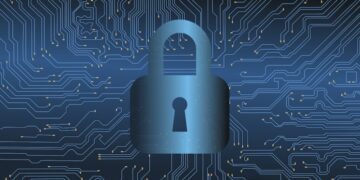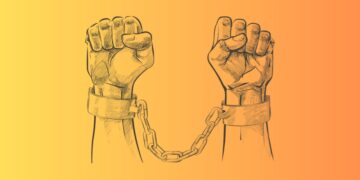One of the best ways to protect your online accounts is to use strong passwords. A strong password is a unique, difficult-to-guess string of characters that includes upper and lowercase letters, numbers, and symbols. While it may be tempting to use the same password for all of your accounts, this is not recommended. If a hacker were to gain access to one of your accounts, they would then have access to all of them. Creating strong, unique passwords for each of your online accounts is the best way to keep your information safe.
Here is how to create strong passwords for all of your online accounts.
1. Use long passwords
When it comes to creating a strong password, length is key. The longer your password is, the more difficult it will be for someone to guess. One way to create a long password is to use a phrase or series of words that are easy for you to remember but would be difficult for someone else to guess. For example, the phrase “I love my cat” could become “1L0v3M5c4t!”
Try to use a minimum of 12 characters when creating a new password. Also, avoid using easily guessed words like “password” or easily accessible personal information like your birthdate or your mother’s maiden name. Instead, be creative and use a different phrase for each of your online accounts.
2. Do not use the same password for multiple accounts
When creating a new password, it can be tempting to use the same one you’ve always used. After all, if it’s good enough for one account, it should be good enough for all of them, right? Wrong. If you use the same password for multiple accounts and one of those accounts is breached, the hacker will then have access to all of your other accounts. To protect yourself, you should use a different password for each important account.
3. Update your passwords regularly
Just like with anything else in life, it’s important to keep your passwords up-to-date. As time goes on, new methods for hacking are developed, and old ones become less effective. By regularly updating your passwords, you can stay ahead of the curve and make sure your accounts are always safe.
This will help to ensure that even if your password is compromised, it won’t be used for very long. How often you should change your password depends on how sensitive the information you protect. For example, you may want to change your bank password more frequently than your social media password.
4. Use password manager
If you have trouble keeping track of all your different passwords, consider using a password manager. A password manager is a software application that helps you securely store and keep track of your online passwords. Many password managers can also generate strong passwords for you and help you fill in online form information. When choosing a password manager, look for one that offers features such as two-factor authentication and the ability to share passwords with other people in a secure way.
5. Enable two-factor authentication
Two-factor authentication is an extra layer of security that can be added to your online accounts. When you enable it, you’ll need to provide not only your password but also another piece of information before you can log in. This second piece of information is typically a code that’s generated by an app on your phone. So even if someone knows your password, they won’t be able to log in unless they also have access to your phone. Two-factor authentication isn’t foolproof, but it’s a lot more secure than relying on a password alone. If it’s available for your important accounts, you should enable it.
Final thoughts
Creating strong passwords is an important part of keeping your online accounts secure. By following the tips above, you can create strong, secure passwords that will help protect your online accounts. Remember, your passwords are only as strong as your weakest link, so it’s essential to make sure all of your passwords are up to snuff.




































































































































































































